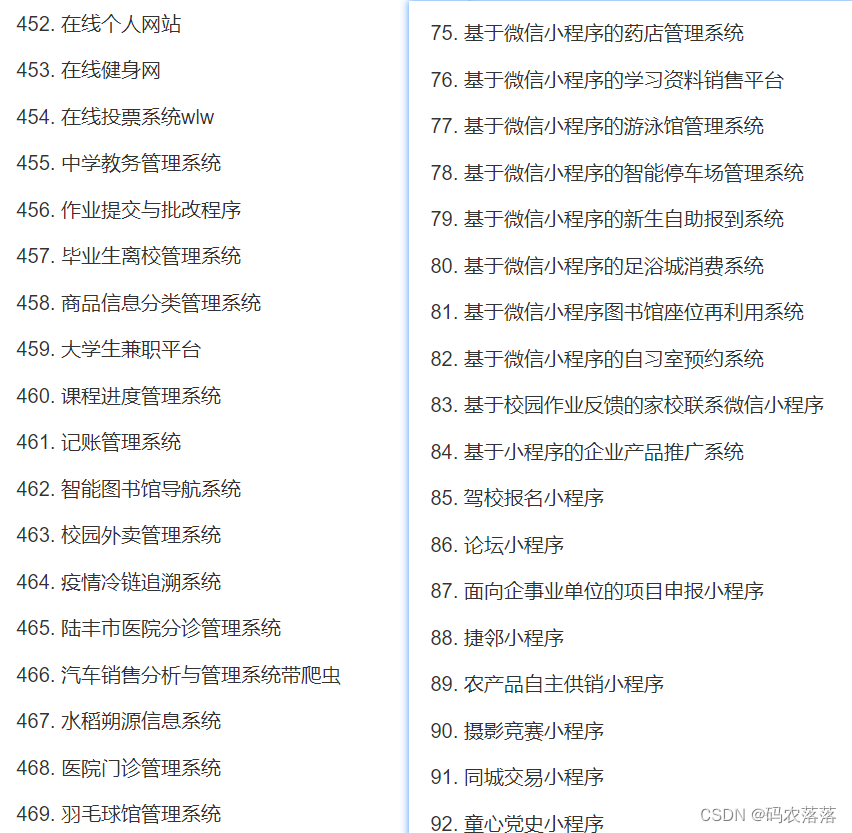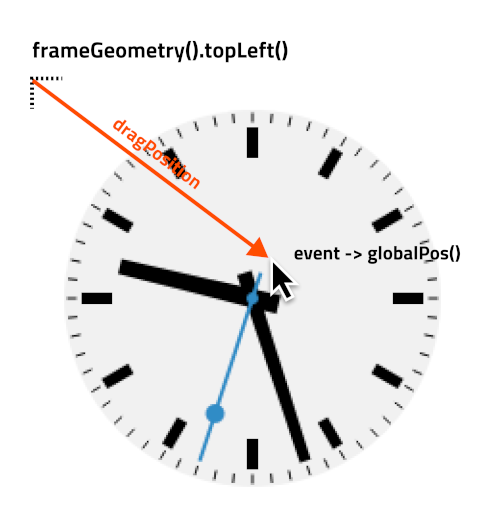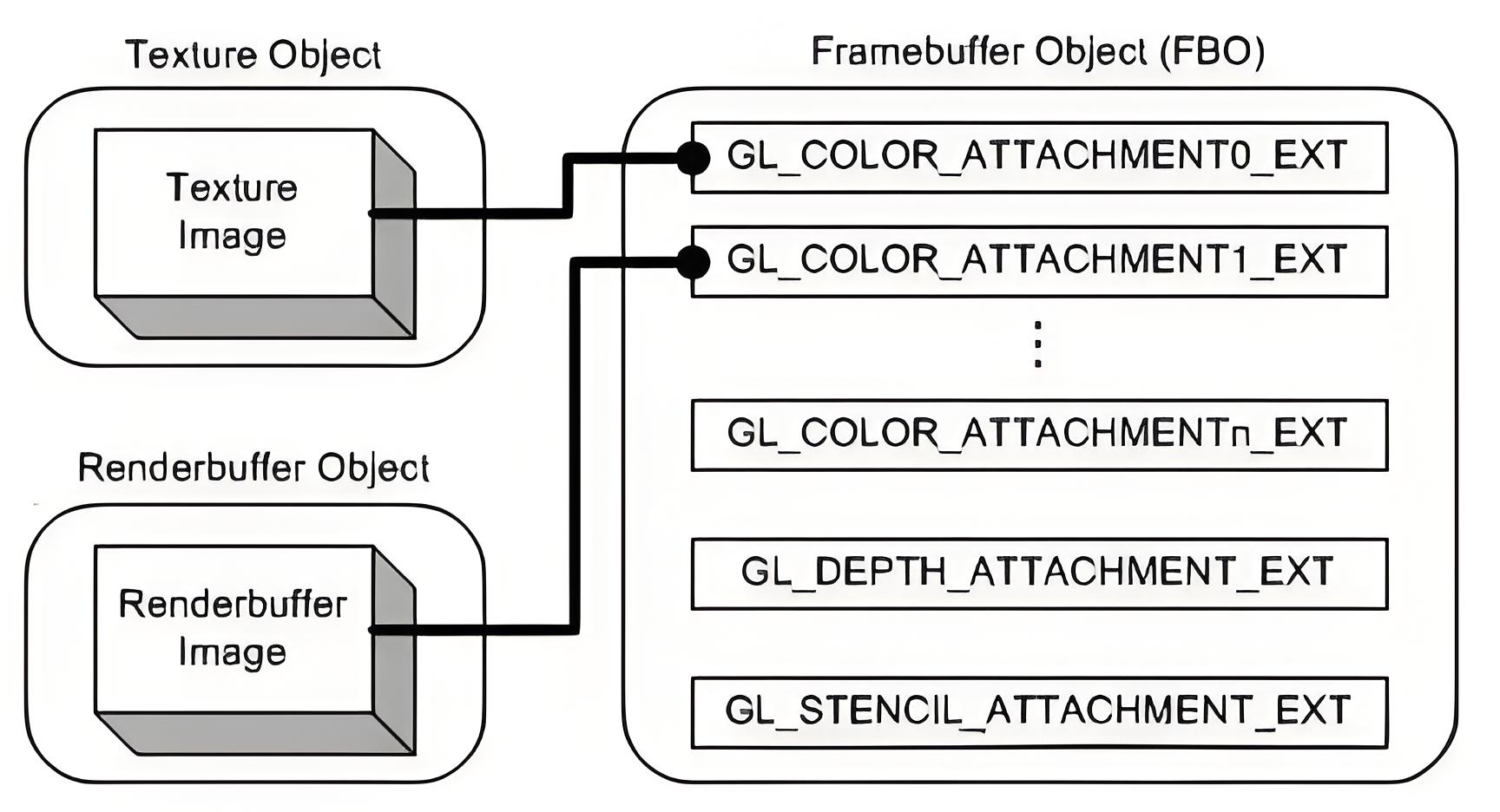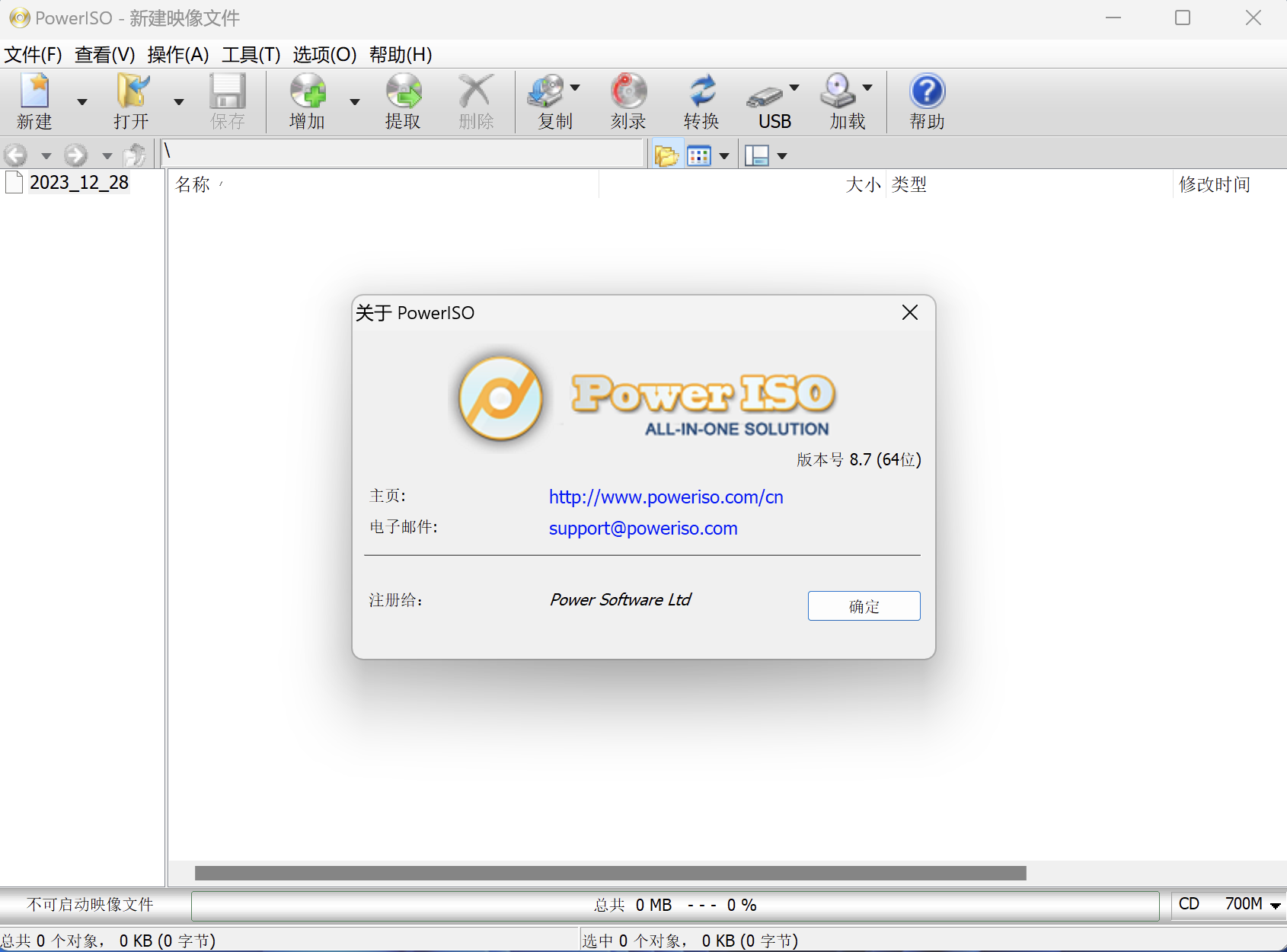在 WPF 中,DispatcherPriority 参数用于指定通过 Dispatcher 调度的操作的执行优先级。加入 DispatcherPriority 参数的情况通常取决于你希望操作何时以及如何被执行。
1.Dispatcher的DispatcherPriority参数使用
以下是几种情况和示例说明:
1.1 需要保持界面响应性
当你有一个耗时的任务(例如从网络加载数据)但又不想阻塞UI线程时,你可以使用较低的优先级来确保这些任务不会影响用户界面的响应性。
示例:
// 使用 Background 优先级异步加载数据
Application.Current.Dispatcher.BeginInvoke(DispatcherPriority.Background, new Action(() => {// 模拟耗时的数据加载System.Threading.Thread.Sleep(2000); // 休眠2秒模拟长时间操作Application.Current.MainWindow.Title = "数据已加载";
}));1.2 立即更新UI
如果你需要立即更新UI元素,比如响应用户的输入事件,你应该使用较高的优先级如 Input 或 Render 来确保更新能够尽快发生。
示例:
// 响应用户输入并立即更新标题
Application.Current.Dispatcher.Invoke(DispatcherPriority.Input, new Action(() => {Application.Current.MainWindow.Title = "输入已处理";
}));1.3 在应用程序空闲时执行维护任务
对于一些不需要立即执行的后台维护任务,可以使用 ApplicationIdle 或 SystemIdle 优先级,这样可以在应用程序或系统空闲时执行这些任务。
示例:
// 在应用程序空闲时执行清理工作
Application.Current.Dispatcher.BeginInvoke(DispatcherPriority.ApplicationIdle, new Action(() => {// 执行清理逻辑CleanUpOldData();
}));1.4 数据绑定更新
当数据模型发生变化时,你需要更新UI以反映这些变化。在这种情况下,可以使用 DataBind 优先级来调度数据绑定更新。
示例:
// 更新数据绑定
Application.Current.Dispatcher.Invoke(DispatcherPriority.DataBind, new Action(() => {// 更新数据源MyViewModel.UpdateData();
}));1.5 紧急通知
如果有一些非常重要的任务需要尽快执行,比如紧急通知或关键状态更新,可以使用最高优先级 Send 来确保这些任务得到快速处理。
示例:
// 显示紧急消息
Application.Current.Dispatcher.Invoke(DispatcherPriority.Send, new Action(() => {MessageBox.Show("这是一个紧急通知!");
}));1.6 定期任务
对于需要定期执行的任务,但又不希望影响用户体验,可以将这些任务设定为较低的优先级,比如 Background 或 ContextIdle。
示例:
// 定期检查更新
Application.Current.Dispatcher.BeginInvoke(DispatcherPriority.ContextIdle, new Action(() => {CheckForUpdates();
}), null);1.7 初始化后的延迟设置
在控件或窗口初始化完毕后,可能需要执行一些后续的设置或数据绑定工作。这时可以使用 Loaded 优先级来安排这些操作。
示例:
// 窗体加载后设置某些属性
Application.Current.Dispatcher.Invoke(DispatcherPriority.Loaded, new Action(() => {InitializeControls();
}));通过合理选择 DispatcherPriority,可以控制不同任务的执行顺序,从而优化应用程序的性能和用户体验。记住,高优先级的任务会比低优先级的任务先执行,但这也会占用更多的资源,因此要根据实际需求谨慎选择。
2. Invoke、BeginInvoke区别及联系
C# Invoke、BeginInvoke区别及联系-CSDN博客文章浏览阅读2.2k次,点赞2次,收藏8次。C# Invoke与BeginInvoke区别及联系_begininvokehttps://blog.csdn.net/wangnaisheng/article/details/131307840
3. 使用Application.Current.Dispatcher
【WPF】使用Application.Current.Dispatcher-CSDN博客文章浏览阅读875次。【WPF】使用Application.Current.Dispatcher_application.current.dispatcherhttps://blog.csdn.net/wangnaisheng/article/details/127766696

















